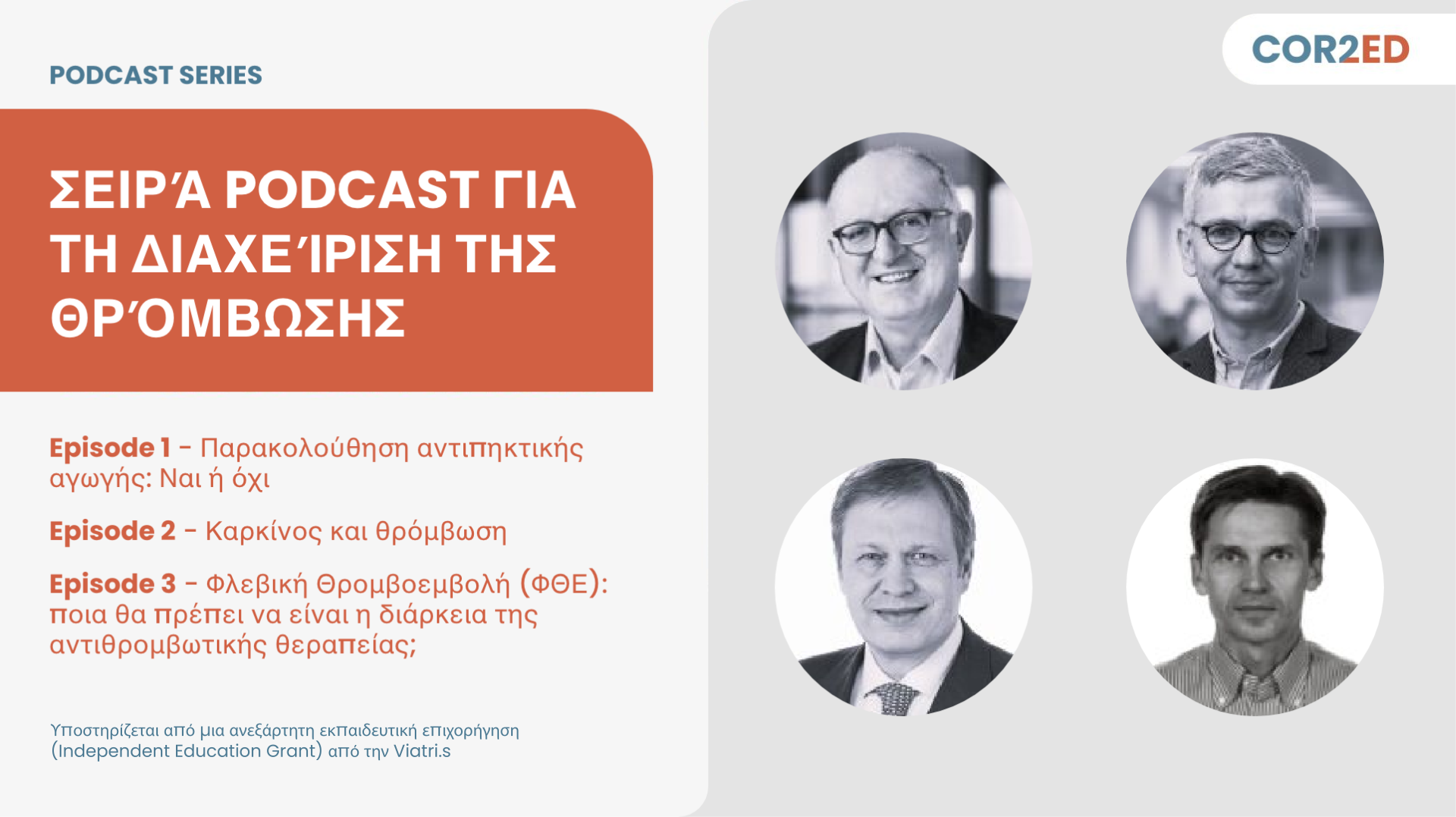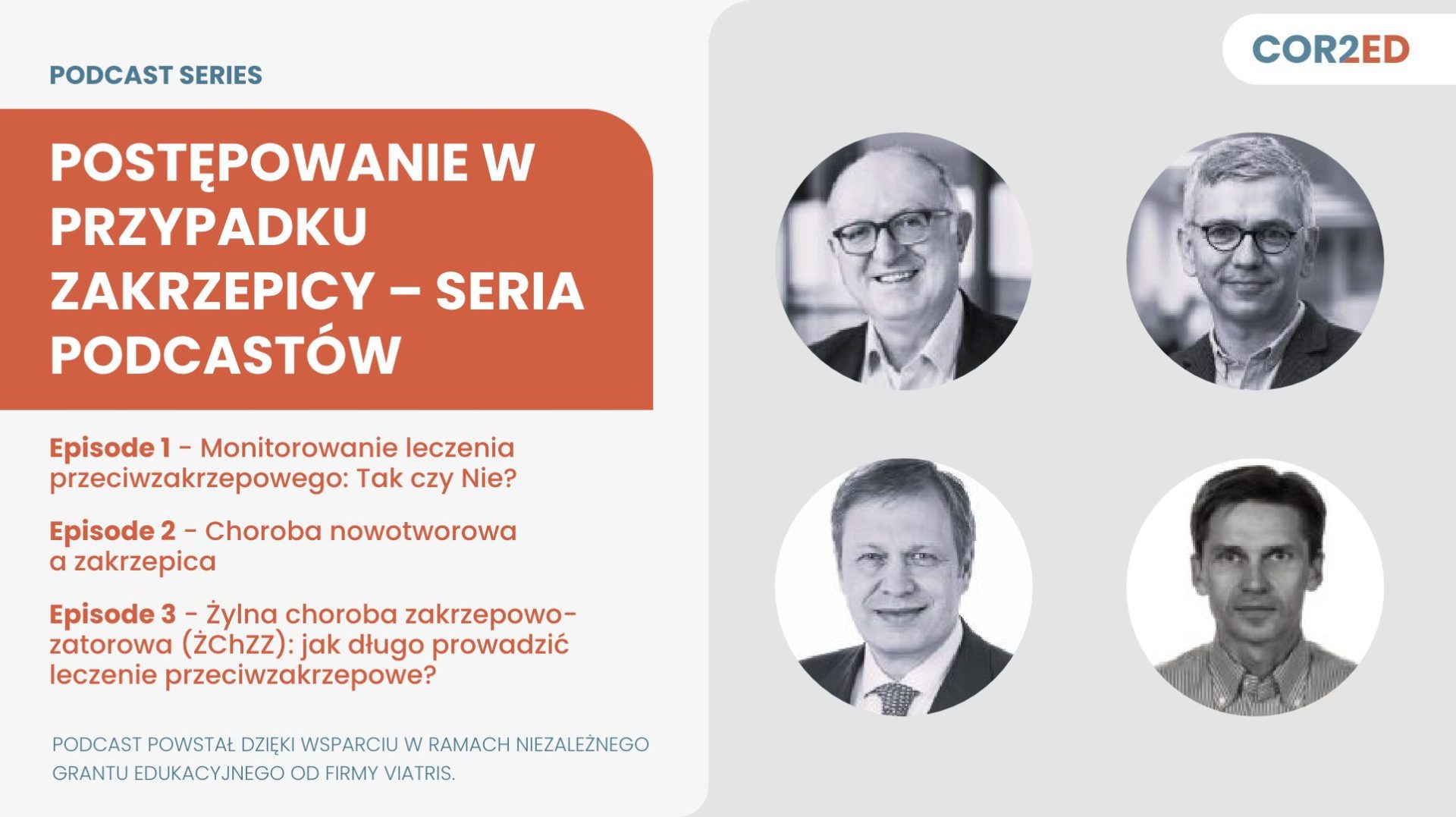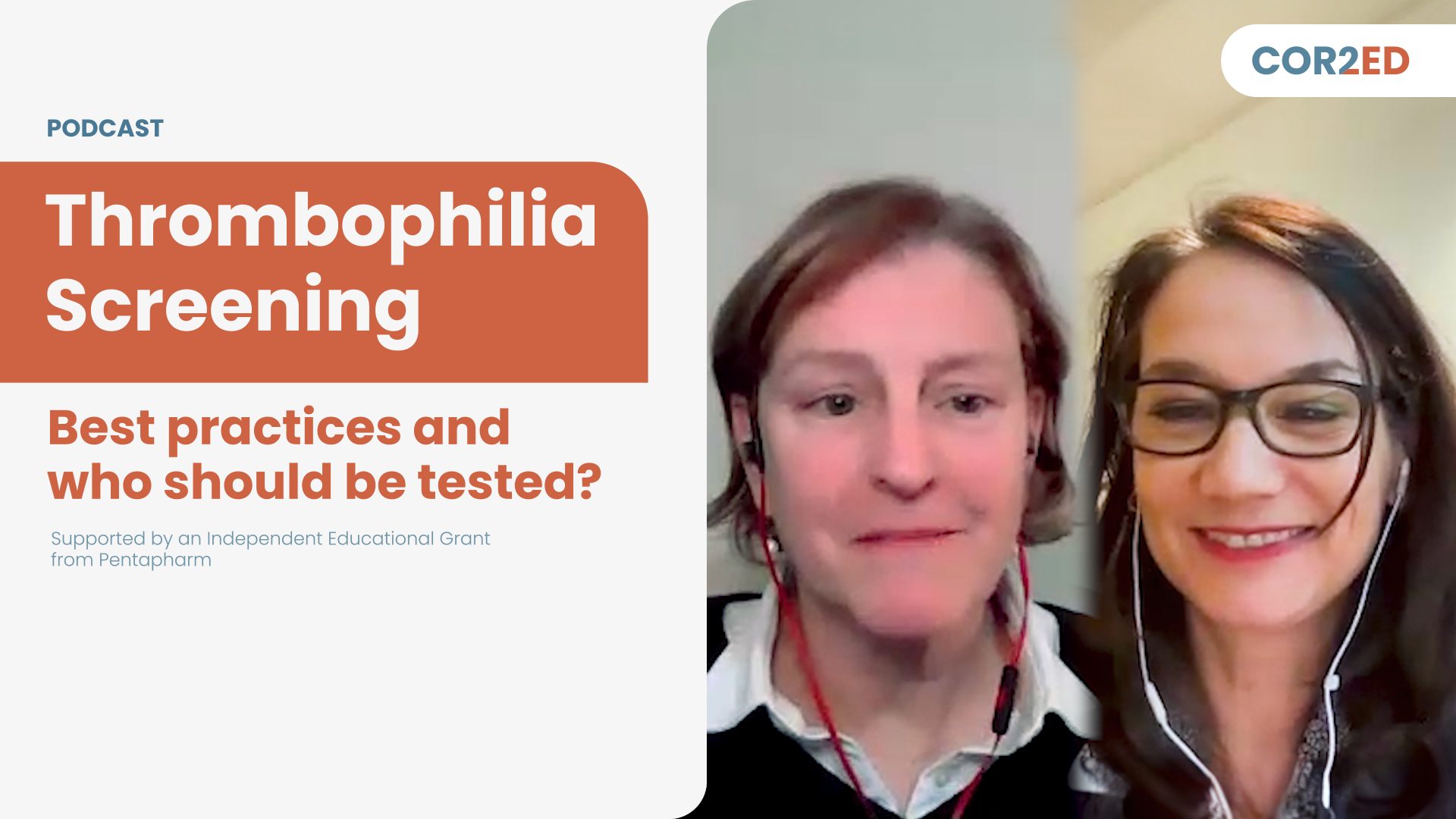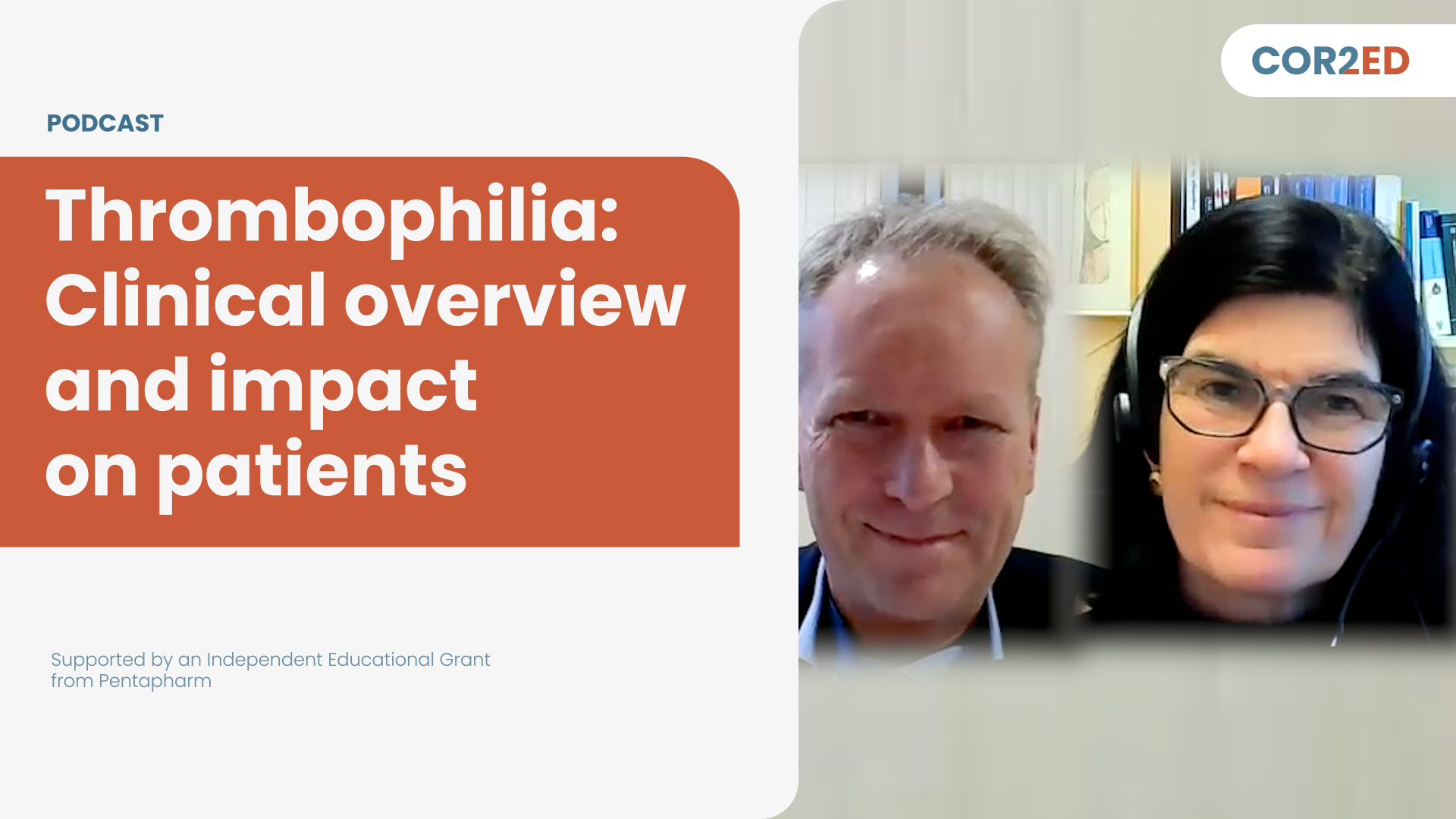Changing paradigms of haemophilia care
A HEMOSTASIS CONNECT podcast
Please note:
HEMOSTASIS podcasts are designed to be heard. If you are able, we encourage you to listen to the audio, which includes emotion and emphasis that cannot be grasped from the words on the page. Transcripts are edited for readability. Please check the corresponding audio before quoting in print.
HEMOSTASIS CONNECT is an initiative of COR2ED. This podcast is supported by an educational grant from Takeda. The views in this podcast are the personal opinions of the experts. They do not necessarily represent the views of the experts' organisation or the rest of the HEMOSTASIS CONNECT group. For experts' disclosures on conflict of interest, please go to Hemostasis on www.COR2ED.com.
Prof. Cedric Hermans
Hello and welcome to this podcast. My name is Cedric Hermans. I'm the head of the Division of Haematology at the Cliniques Universitaires of Saint-Luc in Brussels, Belgium. I am also an active member of the World Federation of Haemophilia, and Editor-in-Chief of the Haemophilia Journal. So, it's a great pleasure to welcome you to this podcast, and now I would like to give Jerzy the opportunity to introduce himself.
Prof. Jerzy Windyga
Thank you, Cedric. My name is Jerzy Windyga. I am a haematologist. I work in the Institute of Haematology and Transfusion Medicine in Warsaw, Poland, and I have the pleasure and honour to be the head of the Department of Haemostasis Disorders and Internal Medicine, which is also an important centre for the management of people with inherited bleeding disorders in Poland.
So, let me introduce this podcast. In this episode, Cedric and I will discuss the changing paradigms of haemophilia care. We will share our experience with caring for patients with haemophilia in our countries, Belgium and Poland, and how this has evolved over the last decades. But we will also discuss the results of a survey we have recently published in Therapeutic Advances in Haematology. The paper was developed within the European Collaborative Haemophilia Network and co-authored by our distinguished colleagues Ana Boban, Irena Zupan and Niamh O'Connell. The aim of this survey was to determine whether the paradigms of haemophilia care in Europe have changed with the introduction of novel treatment options.
Our discussion will be divided into three parts: past, present and future of haemophilia management. But before we go into the outcomes of the survey, Cedric, can you tell us a bit about the background to this project? And maybe try to answer this question; why is it so important that this type of research is done?
Cedric Hermans
Well, thank you, Jerzy. I think it's a very important question. You know, we have to realise that haemophilia care has changed so much over the last few decades, especially over the last two decades. You remember Jerzy when we first met, that was more than 20 years ago. It was totally different from today. You know, the discussions we had, the challenges we had were totally different. And since things have changed so much, there was a real need to you know, re-explore the current situation. Because when preparing this podcast, I realised that 20 years ago my own centre, was, a much smaller it was a much less structured. And also I was a little bit isolated at that time. I was in my centre, I had some interactions with colleagues but very limited.
Now the environment is totally different. We interact a lot with colleagues across Europe and even globally. And also the treatment options were totally different. I remember at that time recombinant factor VIII and factor IV they became available at that time. So they were widely used and clearly our intention was to provide our patient with a safe product from an infectious point of view. And also prophylaxis was increasingly popular, but it was really demanding and difficult for our patients. And I also remember some other issues, like: many of our patients had to undergo surgery, major orthopaedic surgery. Inhibitors were a major issue and also, our patients were also totally different. We were different, but our patients were also different. They probably were a little bit less empowered. The social media were not there. And also, we had much less interest for women and girls for haemophilia and also co-morbidity. So clearly things have changed. And we will discuss later on how things are today, but they are so different. So it was nice, to stop a little bit then and look to at what have been achieved and look at the current situation.
Jerzy, you live in in Poland, so the distance is not that huge, but still there are differences. What was it like when you first started treating patients with haemophilia, 20, 30 years ago?
Jerzy Windyga
Yeah, that was a really fascinating time for us because, you know, I started to work in my hospital in the beginning of 1990’s. As you remember, Poland changed the economic system just two or three years earlier. And therefore, the situation of, amongst others, people with haemophilia was really not very optimistic. At the time, I remember our patients had severe arthropathy. The bleeding complications occurred very frequently, and unfortunately they led very often to death of our patients. Surgery was, frankly speaking, accessible only in very few centres. ITI was just not accessible at all in my country.
However, I said that was a fascinating time because the beginning of 1990's was the time when we started to switch from cryoprecipitate, from fresh frozen plasma, to lyophilised clotting factor concentrates. So, I was the young doctor who started to treat the patients with these new products. Of course, at the time all were plasma derived. Nevertheless, the difference between, you know, fresh frozen plasma, cryoprecipitate – where the patients had to stay at the hospital for infusions – and use of lyophilised clotting factor concentrates was so huge. I mean, I already observed that the patients, you know, they feel that there is a change for better, for good in their lives. So, that was really something that I remember very well, even today.
And then very briefly, just couple of years later, we started home therapy. So, we started to provide our patients with concentrates to infuse at home. That was very important progress in in the management of people with haemophilia. And then we started to, of course, to perform more surgical procedures. We also started to offer immune tolerance induction in our patients with inhibitors.
But the real breakthrough in Poland occurred in 2008, when for the primary prophylaxis was offered first time to children with severe haemophilia. That was a real breakthrough. I remember this year very well. I remember how it was important to increase the budget that had to be accepted, of course, by Ministry of Health. That budget for haemophilia increased and thanks to that we could offer the youngest patients primary prophylaxis, and then secondary, tertiary prophylaxis. And today, of course, the situation of Polish patients, with haemophilia is much, much better.
Cedric Hermans
So, we need to admit that yourself and myself, we are really lucky and fortunate haemophilia physicians. We could witness major changes and contribute to these changes. But clearly the situation is different today. That's why yourself, myself and our colleagues, we felt that it was needed to look at the situation globally in Europe. So, could you explain how our survey was built up and conducted throughout Europe?
Jerzy Windyga
Sure Cedric. So, in the 2021, the European Collaborative Haemophilia Network conducted a survey in 19 centres in 17 countries in Europe and the Middle East. Importantly, the number of patients treated in centres participating in this survey is close to 6,000. So, we may say that the results of this survey reflect the clinical practice in the management of haemophilia in a significant European region. The survey contained three key sections. First was demographics and organisation. Second, current challenges, but of course also opportunities. And then future directions.
So, Cedric, if you look at the data, what are the key challenges in haemophilia care at the moment?
Cedric Hermans
Well, thank you for this question because honestly, what I did this morning, I read our paper again. And I need to tell people who are listening to us today that this paper is freely accessible. When reading it again, I realise that it's a nice paper. Sometimes you're really proud of your papers and this one is nice because it summarises so many changes and I think it's quite inspiring and it could also pave the way to important developments.
But if I want to quickly emphasise some of our major findings. The first one would be that, well, clearly major advances have been made if you compare to the situation even ten years ago. But still, you know, we have some some challenges, like funding could be a problem. Haemophilia treatment centres are currently well funded, mainly by their government, but still funding remains an issue. Collaboration between centres has improved a lot in different ways by producing guidelines together and sharing experience and also contributing to registries. So these are really good news.
Treatments, so - I'm sure we'll discuss this later on again - So new treatments are available, including the extended half-life factor VIII and factor IX and also non-replacement therapies. So, they're increasingly available, but their access might remain limited in some centres. So that could be an issue.
And then an important finding too is that we increasingly need the support of labs. You know, our laboratory colleagues, and I'm sure that some of them are listening to us today, well, they are very important. They help us to treat patients adequately, especially when it comes down to these new treatments that really require a great level of expertise, because we need to monitor how blood coagulation is affected by these new treatments.
And then we also realise that although, you know, both of us, we are heading our haemophilia treatment centre, we are in fact orchestrating large teams of people. So, we are well staffed. But we realise in this survey, and this is an observation that has been made in many centres, that there might be problems in staffing in the future and that we need to attract new colleagues, young doctors.
We also realise that clinical trials are important for all of us. So, we have a major interest in clinical trials. We do everything possible to, you know, support and facilitate implementations of trials, but only 10% of our patients are in fact enrolled in these trials. Some centres are more efficient, but most could probably do better.
Acute and emergency care of haemophilia patients. So that has been well improved. All of us, we offer these important services. Multidisciplinary teams are well established and I think this is a great news with nice transition programmes for children when they reach adulthood. I think this is important. Although yourself, myself, we also have problems about, adequate staffing. So we have people, but we might need more people and we need to attract more people to consolidate our teams in the future.
Prophylaxis: well adopted. It's not yet 100%. And something that we realise is that, for managing the musculoskeletal complications of our patients, maybe we need more physiotherapists. So, this is an observation that we made, and we will certainly discuss this. And in terms of outcome assessment, I think this is good, although many of us use different tools, so maybe we should organise this in the future.
I think these are some of the critical findings of our paper. But you might, read and learn more about them by going through our paper. Jersey, because this is my own reading and interpretation of this huge survey. We could repeat it in five years, but we won't do this every year. But at this time, you know, what's your take on this and what do you recognise has having a major impact on your centre and your practise.
Jerzy Windyga
Thank you very much Cedric. First of all, I fully agree with your thoughts and opinions on this survey. Frankly speaking to me the most important challenge that we face today is costs of therapies. You know, Poland is a good example of how costs shape the treatment because we use, of course, clotting factor concentrates, but unfortunately only standard half-life. We do not have access to extended half-life products only because of cost differences. In Poland, the difference is so big that it was decided to keep to standard half-life products, which is of course not welcomed by healthcare professionals, but unfortunately, we have to accept that. So, I think that the problem or the issue of high cost of therapy is still valid and is still a problem not only outside the European Union, but even inside the European Union.
Then I would say adequate staffing. What I see right now is the problem with personnel, but particularly with respect to young doctors entering the field of haemophilia, I have such impression that people who are interested in haematology, they focus more on, not on benign, but rather on malignant haematology. Therefore, we should do something to attract people to haemophilia. We know very well, Cedric, that Haemostasis is a fantastic discipline. That this is not, in fact, only haemophilia, even though haemophilia is normally something that you start with when you start to work in the haematological ward. But then you can build, you know, huge knowledge on disorders of haemostasis. This is a fantastic starting point. You know, there are very few specialists in this field in many countries, because I learnt also from my colleagues from other countries that this is a real issue. So, we should do something in the future to change that. I mean, I believe that Haemostasis is so attractive. We should try to attract young people, show them how Haemostasis can be attractive. With respect to haemophilia, of course. Needless to say, I mean, we observe what's going on with new therapies in this area. So definitely there is something that should attract young doctors.
And finally, time limitations. I fully agree with you, because you also mentioned that this is a challenge that we face at present, of course, for research, but also for, I would say, daily work. We would need more time dedicated to our patients. Unfortunately, huge bureaucracy is a reason for limiting time spending with our patients and this is at least a problem in my centre. But unfortunately, I think that this is also a problem in other centres. So this were the three, in my opinion, biggest or greatest challenges that we face today.
Cedric Hermans
Well, I also share your concern about the cost of haemophilia care. But this period is really, you know, fascinating. Some people ruled that this is a golden age for haemophilia. We are fascinated by the innovation, but not only the innovations. What’s really changing in my view, is that now we can offer our patients a large range of treatment options so we can individualise the treatment. And this is totally different because, you know, if you remember 20 years ago, the only option was fixed-dose prophylaxis three times a week and that was it. So, that really left our patients with very limited freedom. Now, we have multiple options. We can also empower our patients. We can listen to our patients. We can make sure that the patients have access to the treatment that really meets their needs, expectations. So, this is really unique. And we have new ambitions. When you see the percentage of patients currently on prophylaxis. Still, you know, we should reach 100%, but we are not that far from that. So things are changing. But I agree with you.
You know, we still have other challenges for the next couple of years. Clearly, you know, we will be facing a highly heterogeneous population of patients. When you look at the waiting room, there are very young, patient with no, no joint damage at all on maybe on sc treatment, doing perfectly well. And then you have older patients with all the complications of haemophilia. So, you know, it might be a little bit difficult, to manage all the patients at the same time, you need a lot of expertise too, because this these treatments are quite complex.
Jerzy Windyga
Absolutely. And we shouldn't be in isolation. I mean, we haematologists who deal with haemophilia. we have to collaborate. You also mentioned that this is very important. We have to collaborate with other specialities. We need other specialities to provide our patients with high quality service. I treat only adults, so I see everyday patients with haemophilia with concomitant disorders and diseases that absolutely require treatment from other doctors of other specialities. So this network between Haemophilia Treatment Centre and other wards or hospitals is extremely important to provide patients with this, yes, high quality service.
Cedric Hermans
Yeah, I agree. And because if you look at this survey, really, you know, the collaboration we are having in Europe made really this survey possible. Because we asked people sometimes difficult questions. Our colleagues, all of us, we had to be highly transparent about what we do, about the problems that we have. And this is because this haemophilia, this is now a large, huge family of physicians and health treaters who share the same general interest for the disease. And I think this is great and we share this concern about attracting young colleagues, but they should know that if they come to the haemophilia world, they will be more than welcome and they will really enjoy sharing our enthusiasm and dynamism. And also, I think this is what we tried to do, you know, with this survey and also during this podcast, clearly. And for those of you who want to learn a little bit more about the current situation, you know, and what needs to be done also in terms of implementing new practices or even, you know, more research. Because I think this is also one of the merits of this paper is that it shows where more research is needed.
So maybe Jerzy, I think we are close to the end now. What would be your final conclusion and message to our friends and colleagues listening to us today?
Jerzy Windyga
There are, of course, some challenges that I see as linked to the future in this field. But on the other hand, there are great opportunities. I mean, novel therapies you mentioned before, therapies that are given subcutaneously instead of intravenous infusions, frequent intravenous infusion, that already has huge impact on patients’ quality of life.
Also, I believe that we will extend the proportion of patients receiving prophylaxis, not only to 100% in patients with severe haemophilia, but also, we extend to patients with moderate and even mild haemophilia. Because I believe that some patients with mild and moderate haemophilia really are in need of long-term prophylaxis. We already observed in my country that some patients with moderate haemophilia suffer from more bleeds than patients with severe haemophilia on prophylaxis. So, we change the phenotype of the disease in patients with severe haemophilia. We shouldn't forget about mild and moderate haemophilia.
Of course, challenges are associated. You also mentioned that the challenges, of course, are lab monitoring of novel therapies, also some side effects that we observe. I would say generally, you know, the mechanism of action of novel therapies is very interesting, is exciting. But on the other hand, we have to learn more and more about the mechanisms of action and also some potential dangers that can occur. We have to understand really in-depth, in detail, the mechanism of action.
So how I would conclude my thoughts based on our discussion, on our survey and my experience in this field, I would say that the most important is that Haemophilia Treatment Centres are a source of concentrated knowledge and expertise on haemophilia. And definitely, Haemophilia Treatment Centres will be required, needed to also translate some achievements in the field of haemostasis in labs to patients. So, this is for me, one big conclusion. And the second is the challenge. The challenge how to keep up with all these, you know, developments in this field? How to implement the innovations in the field? We need adequate staffing. We need education for ourselves. We have to learn a lot. For instance, gene therapy is another great opportunity and at the same time a challenge: how to perform gene therapy, how to select patients, how to provide them with this with this treatment option? Keeping in mind that we don't know everything about gene therapy, and we have to still learn a lot about this treatment option.
Cedric Hermans
Well, I think you summarised things beautifully and we are really close, and we build up this survey in this paper together. So, I think you beautifully summarise what the future holds for us. So, Jerzy, I'd like to thank you and hope you enjoyed that podcast and I hope to see you again in the future. Bye bye!
Jerzy Windyga
Thank you. Bye bye!
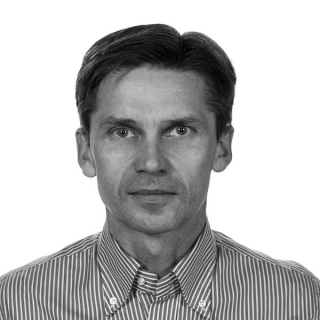
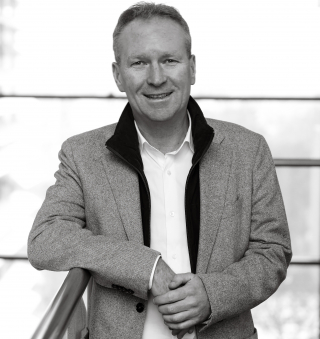


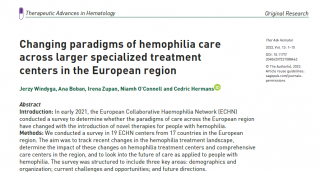
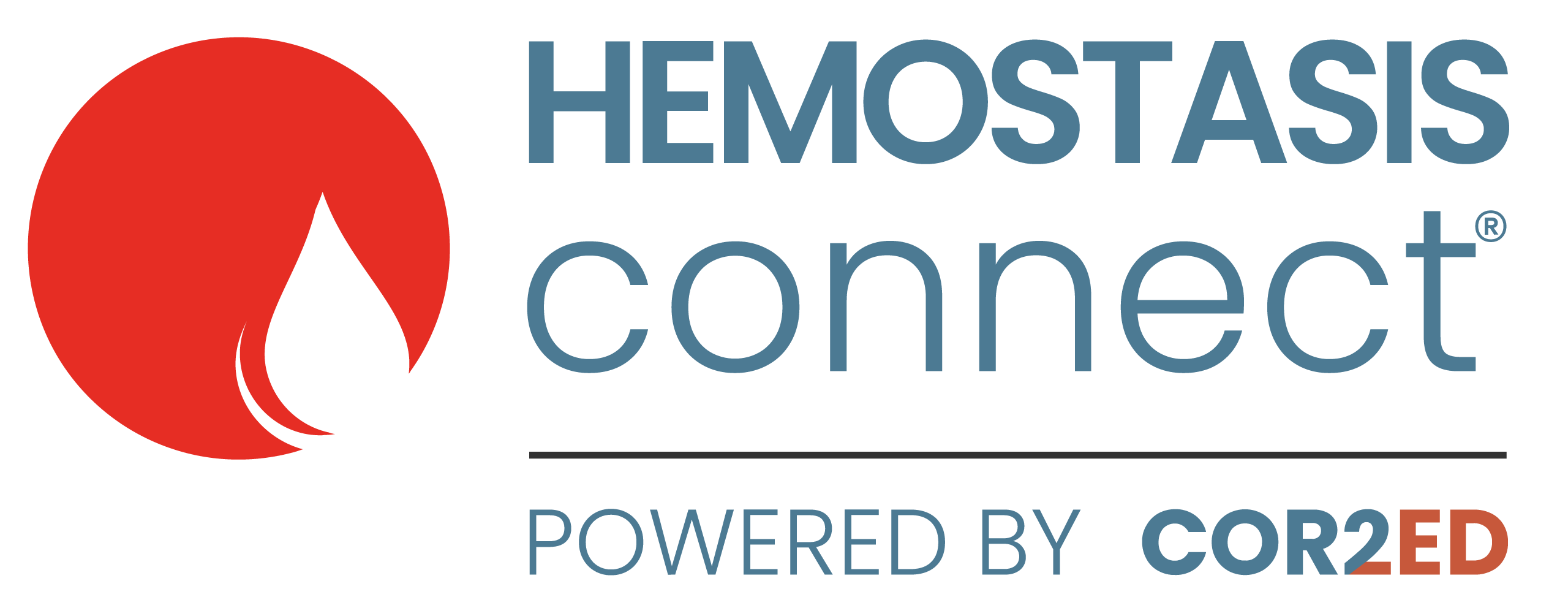
 Downloadable
Downloadable 
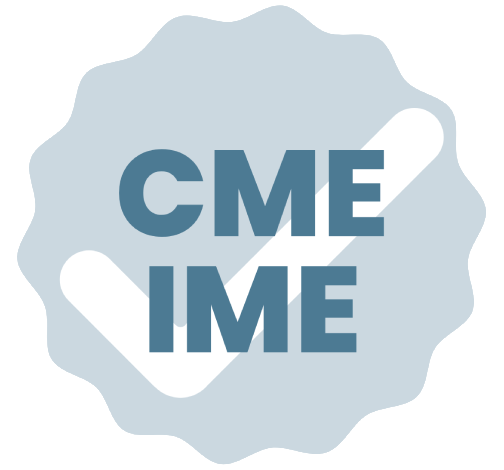
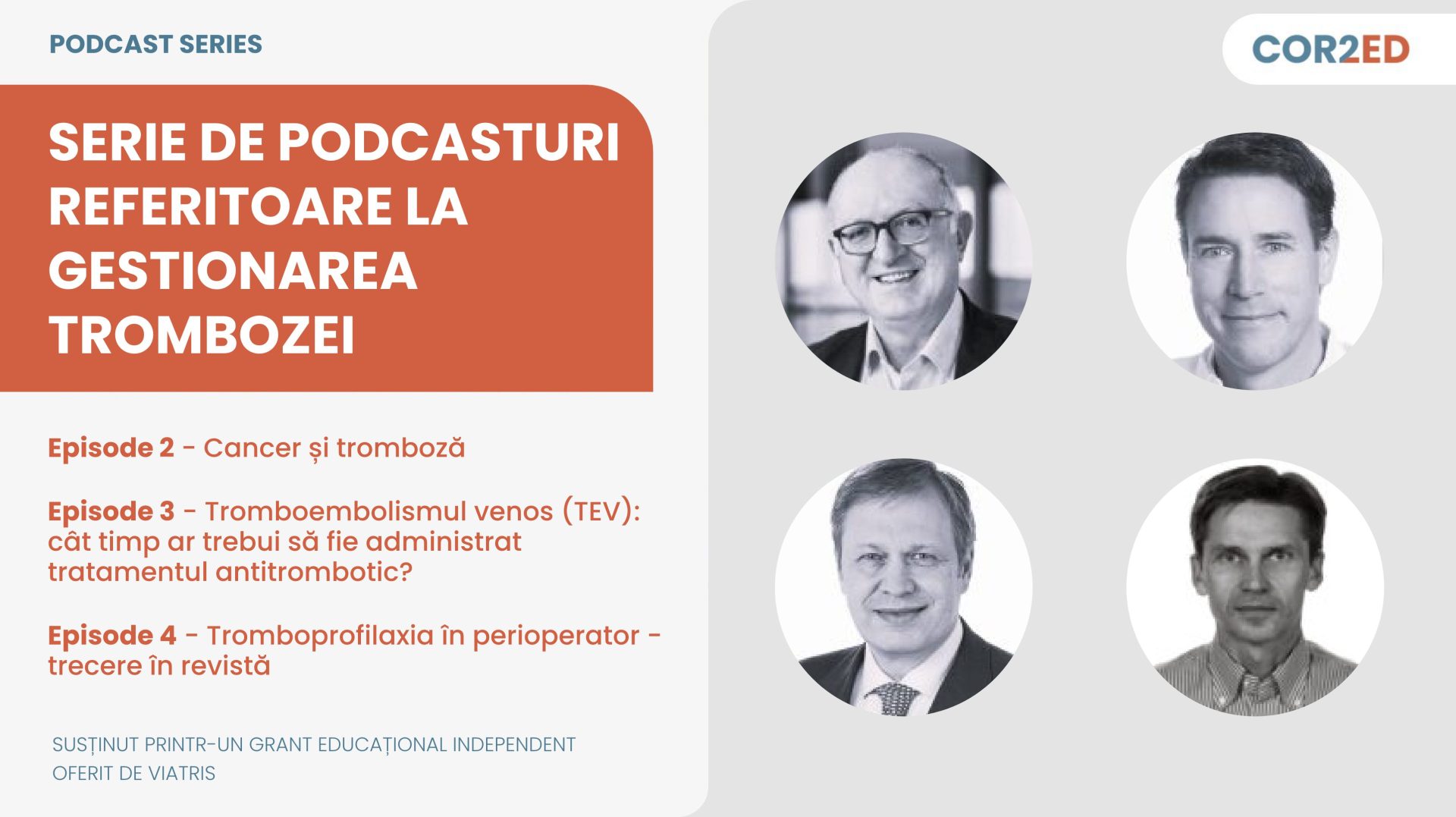
 28 MIN
28 MIN
 May 2025
May 2025 
